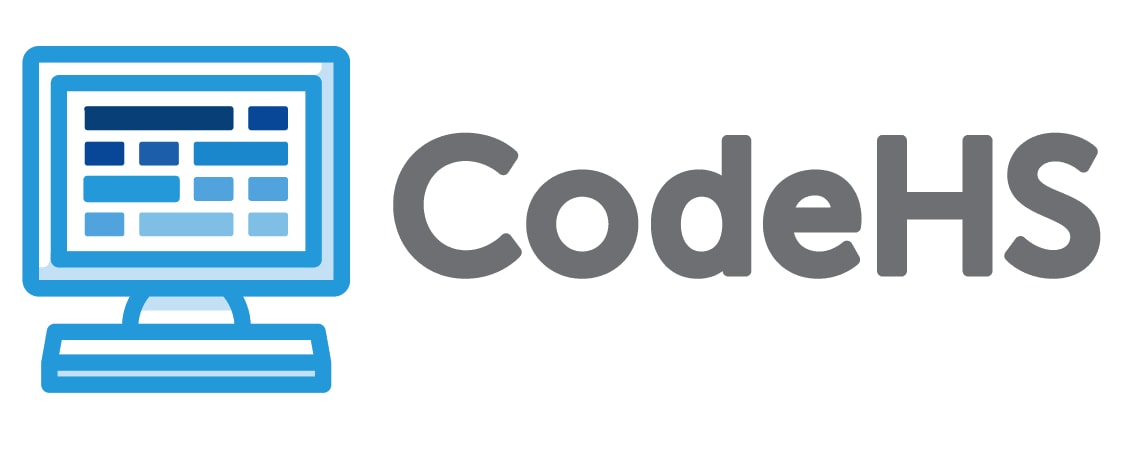The CodeHS Introduction to Python course teaches the fundamentals of computer programming as well as some advanced features of the Python language. Students use what they learn in this course to build simple console-based games. This course is equivalent to a semester-long introductory Python course at the college level.
The entirely web-based curriculum is made up of a series of learning modules that cover the fundamentals of programming. Each module is made up of short video tutorials, example programs, quizzes, programming exercises, challenge problems, and unit tests. The course is designed for a year long class that meets 5 days per week, though schools implement it in a variety of ways.
View course information: codehs.com/info/curriculum/intropython


